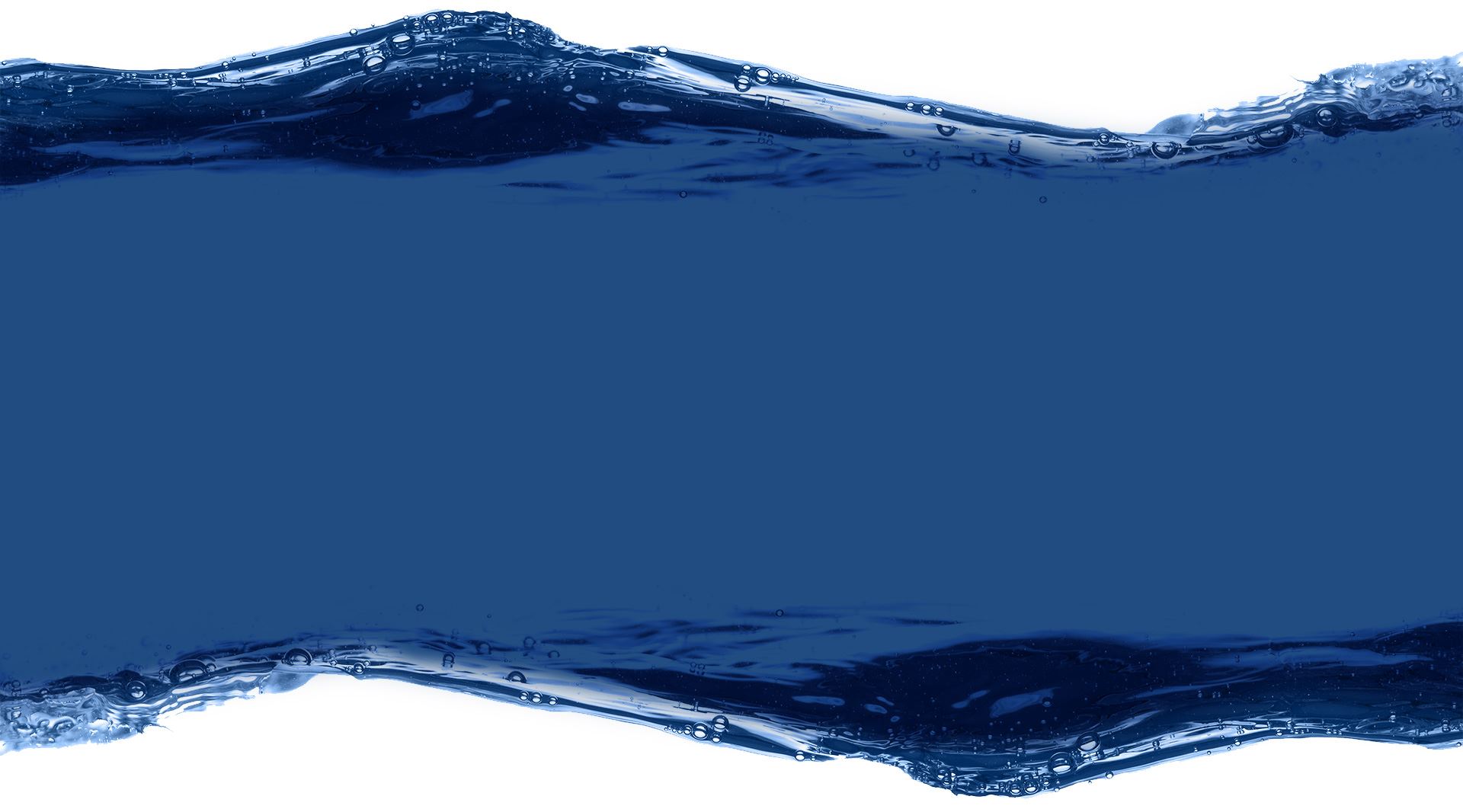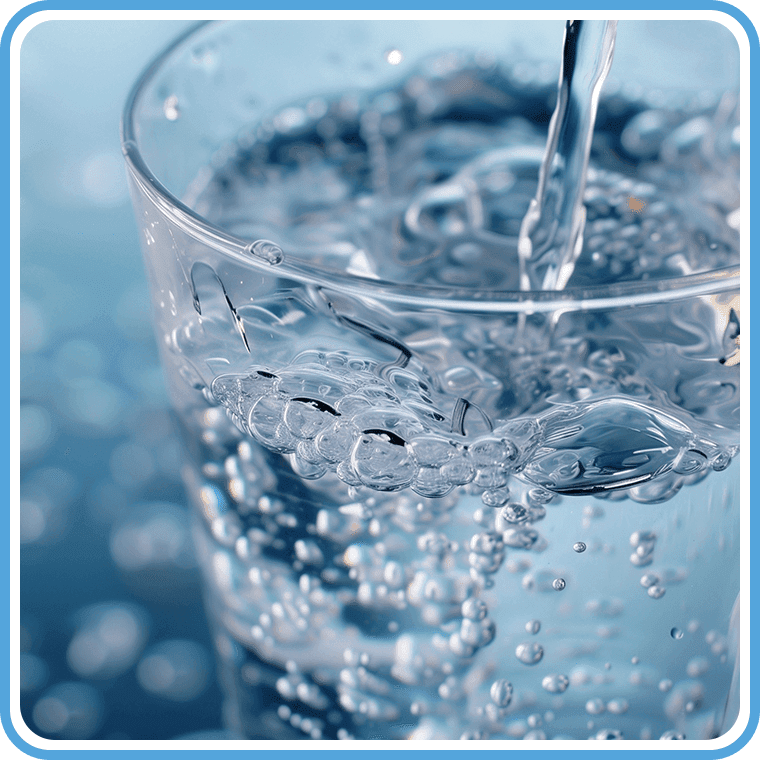
Reverse Osmosis Water Treatment in Greensboro, North Carolina
Bringing Advanced Water Treatment Technology to The Triad
The advanced reverse osmosis systems that we offer at Dr. Johns H2O Water Purification are designed to remove a wide range of contaminants from your water so that every sip, every wash, and every drop is of the highest quality. By filtering out impurities such as heavy metals, chlorine, and other harmful substances, our reverse osmosis solutions provide you with pure, clean water that is not only healthier but also tastes great.
At Dr. Johns, we believe that water quality is a cornerstone of a healthy home. Our family-owned business has been serving The Triad and the surrounding areas with dedication and expertise for over 22 years. We’re committed to offering personalized service and meeting your specific water needs with precision and care. Whether you want to improve the taste, eliminate contaminants, or protect your household appliances from hard water damage, our reverse osmosis systems are a reliable and efficient solution. With 24/7 support and same-day service, we make it easy to enjoy the benefits of top-tier home water purification!
Request a water analysis from Dr. Johns today by calling our Greensboro office at (336) 560-9540!
How Reverse Osmosis Systems Work
Reverse osmosis systems use a semi-permeable membrane to remove ions, molecules, and larger particles from drinking water. In this process, water is forced through the membrane under pressure, effectively filtering out impurities and contaminants. The result is high-quality water that is clean, pure, and safe for everyday use.

Hear From Happy Customers
We Purify Your Water With Care!
-
"On-Time & Worked Hard"Dr. Johns rocks. They were on time and worked very hard to get me taken care of. They looked at different ways to run the water line so that I was able to have clean water for my home and family. Thank you for all your hard work!- Kristy C.
-
"Great Experience"Dr. Johns offered us several options to solve our specific water issues. We had them back out within the week to get everything installed. It's been so nice not having to worry about what's in our water. Overall a great experience!- Daley J.
-
"Excellent System"Excellent system! It's almost been a year since we had our water filter installed. We have a well with lots of sediment. This system improves our water and saves our appliances. The staff has always been friendly, courteous, and knowledgeable.- Dana H.
-
"Nice People"Always real nice people when Dr. Johns comes by!- Percy R.
-
"Highly Recommend"I would recommend everyone use Dr. Johns for water treatment. We are also planning to hire Johns to do yearly maintenance on our furnace and air conditioner!- Ruth Y.
-
"Above & Beyond Service"This is an excellent company that stands by its products and services. Jason went out of his way to help me when my water dispenser broke right before its warranty date. He contacted the manufacturer and replaced my water cooler. I am so glad I picked Dr.- Ruthie K.
Reverse Osmosis Systems Vs. Carbon Filters
If you’re deciding between a reverse osmosis system and a carbon filter, it’s important to understand the types of impurities each can effectively remove. Carbon filters excel at targeting chlorine, volatile organic compounds (VOCs), and sediments. These impurities are often responsible for poor water taste and odor, making carbon filters ideal for those looking to improve the sensory quality of their water. Carbon filters can transform the flavor and aroma of your drinking and cooking water by removing these specific contaminants.
However, if you are concerned about a broader range of impurities, a reverse osmosis system might be the better choice. Reverse osmosis systems can tackle more serious contaminants such as dangerous bacteria, viruses, parasites, and heavy metals like lead and mercury. This makes them exceptionally effective at providing safe and pure water for your home or office. These systems use a semi-permeable membrane to filter out microscopic particles, ensuring the highest level of water purity. Ultimately, the best filter for your needs depends on the specific contaminants in your water, and a thorough water analysis can help determine which system will be most effective for you.
Request a water analysis from Dr. Johns today by calling our Greensboro office at (336) 560-9540!


How Reverse Osmosis Systems Are Installed
Installing a reverse osmosis system in your home is a relatively straightforward process, but it does require some plumbing knowledge and the right tools, which means it’s a job best left to the experts at Dr. Johns. These systems are usually installed under the kitchen sink where they can be connected to your cold water line. The process begins with shutting off the water supply and attaching an adapter to divert water into the reverse osmosis unit. From there, the system’s pre-filters will remove larger particles and contaminants before the water moves through the semi-permeable membrane, where most impurities are filtered out. Lastly, post-filters further polish the water before it reaches your tap.
The final steps involve installing a storage tank to hold the purified water and a dedicated faucet for dispensing it. The tank gives you a steady supply of pre-purified water, even during periods of high usage. After connecting all the components, a thorough flush of the system is carried out to remove any initial impurities or carbon fines from the filters. The entire process can usually be completed in just one day. With the system in place, you’ll enjoy the convenience of having pure, great-tasting water available right from your kitchen tap.
Dr. Johns makes it easy for homes throughout The Triad to access clean, safe water through our reverse osmosis systems. Call us at (336) 560-9540 or contact us online to get started!


-
Blog
-
FAQ
-
Financing
-
Service Area